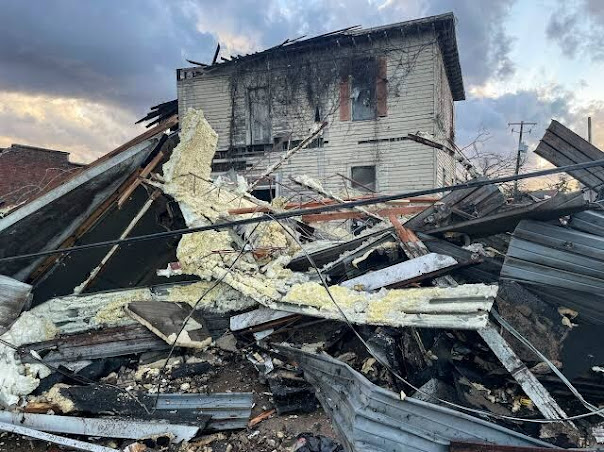Streamlining Disaster Preparedness: How Comprehensive Software Enhances Readiness

In an era where the frequency of natural and man-made disasters is on the rise, the importance of robust disaster preparedness cannot be overstated. All in one disaster management software has emerged as a game-changer in streamlining and enhancing preparedness efforts. This blog explores how the integration of comprehensive software solutions is revolutionizing the way organizations, communities, and emergency responders approach disaster readiness. 1. Centralized Information Management Disaster preparedness involves handling a multitude of information—from evacuation plans to resource inventories. Disaster management software consolidates this data into a centralized platform, providing a single point of access for relevant stakeholders. This not only ensures accuracy and consistency but also facilitates quick decision-making during critical moments. 2. Real-time Monitoring and Alerts With the capability to integrate real-time data feeds and monitoring systems, disas...
.jpg)

.png)
.png)
